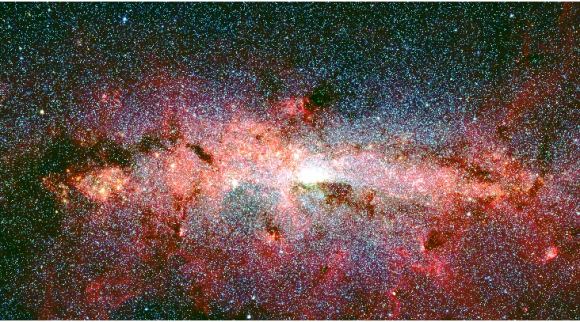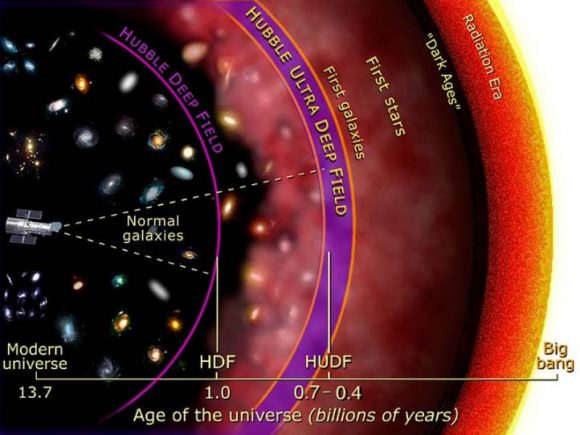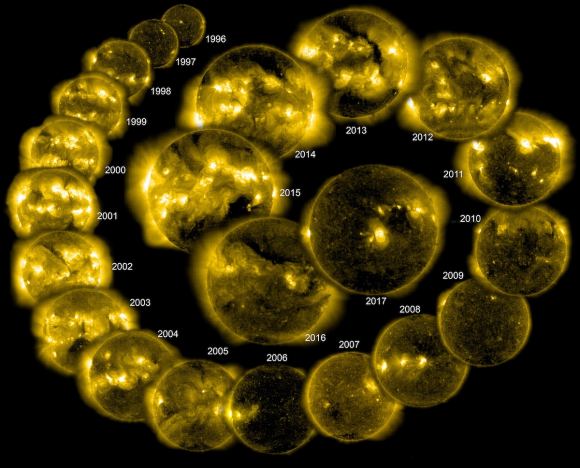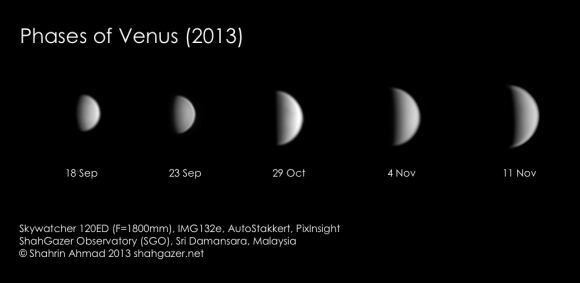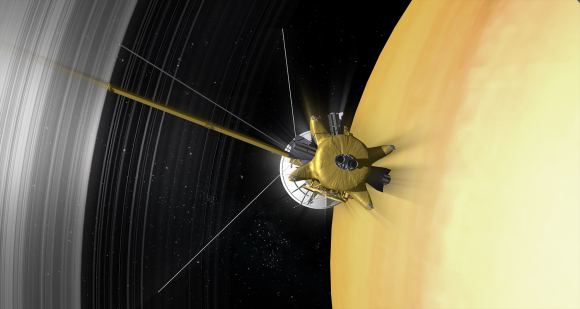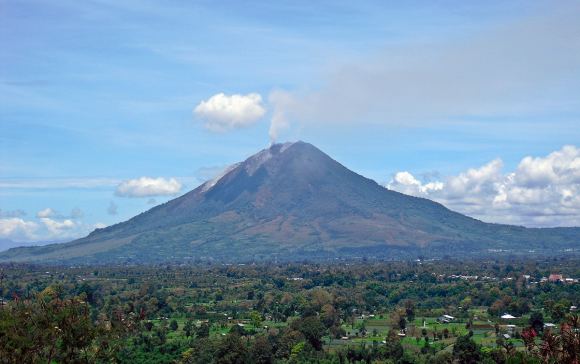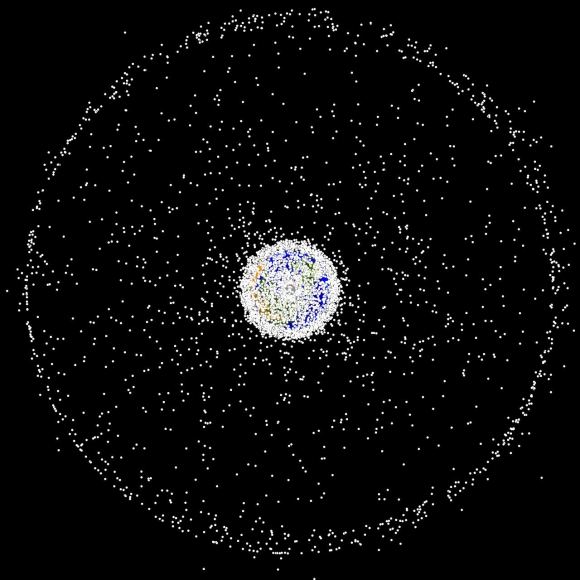Amazing High Resolution Image of the Core of the Milky Way, a Region with Surprisingly Low Star Formation Compared to Other Galaxies
Amazing High Resolution Image of the Core of the Milky Way, a Region with Surprisingly Low Star Formation Compared to Other Galaxies Compared to some other galaxies in our Universe, the Milky Way is a rather subtle character. In fact, there are galaxies that are a thousands times as luminous as the Milky Way, owing to the presence of warm gas in the galaxy’s Central Molecular Zone (CMZ). This gas is heated by massive bursts of star formation that surround the Supermassive Black Hole (SMBH) at the nucleus of the galaxy. The core of the Milky Way also has a SMBH (Sagittarius A*) and allRead More →
